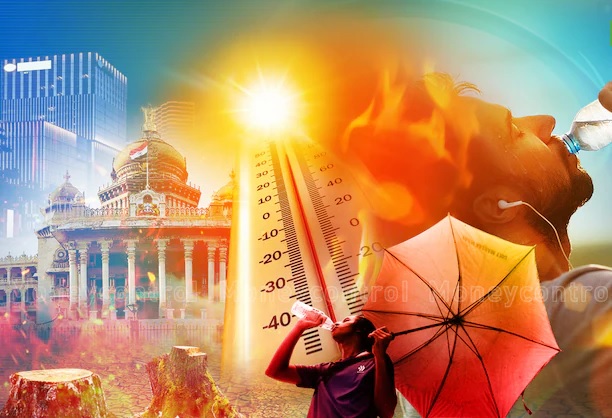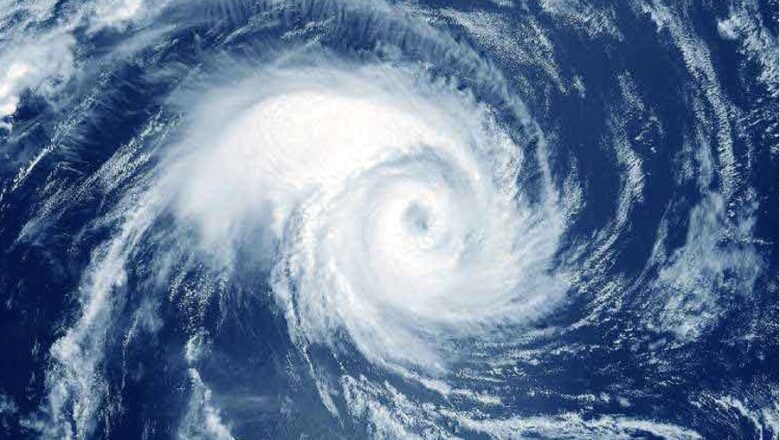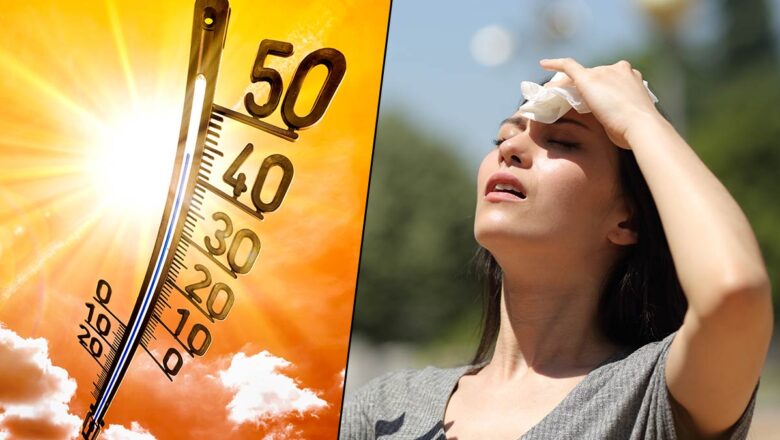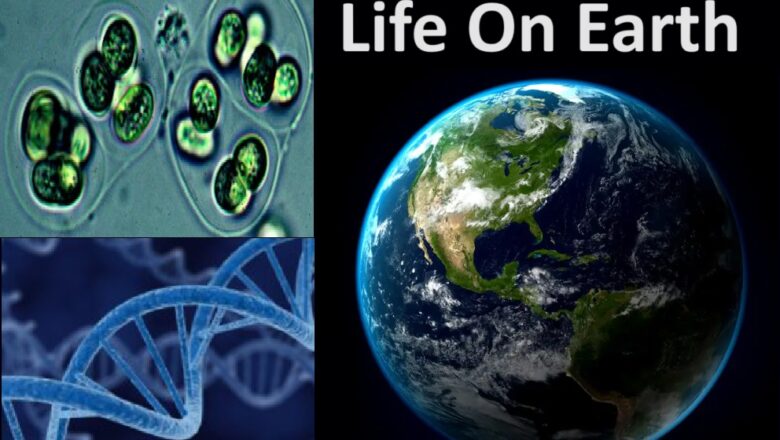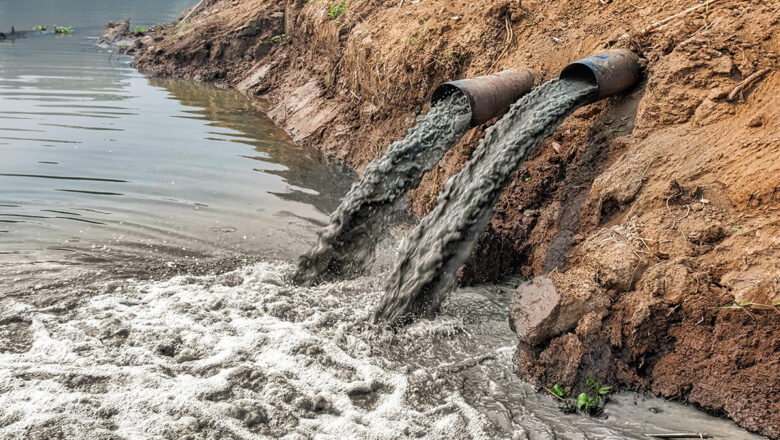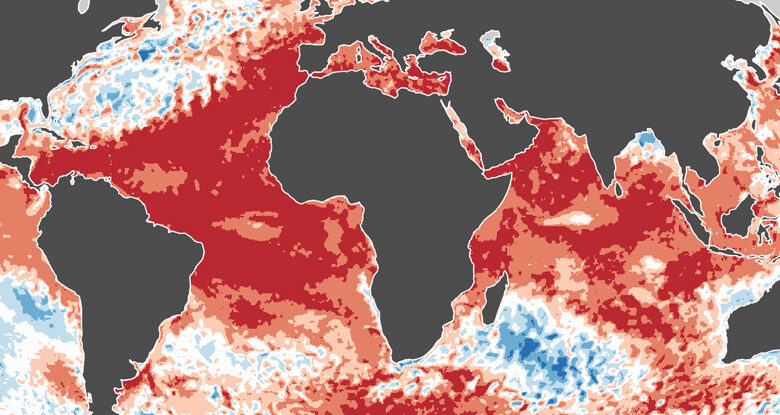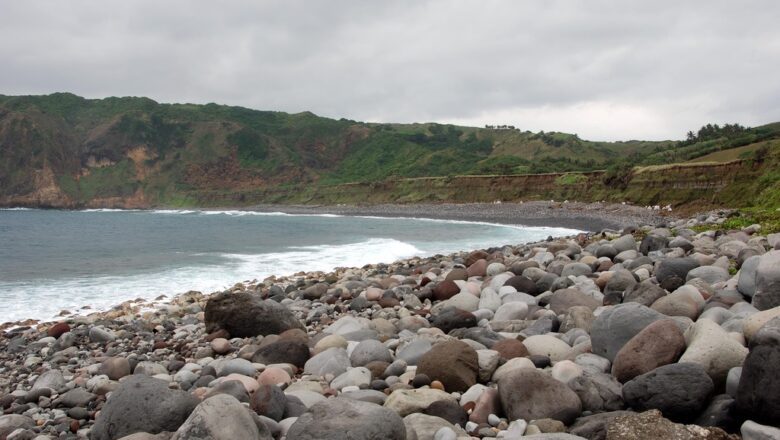
Cocaine in Brazilian Sharpnose Sharks: Alarming Levels Found in South America’s Coastal Waters
In a surprising and concerning discovery, researchers in Brazil have found significant levels of cocaine and its metabolites in the system of Brazilian sharpnose sharks (Rhizoprionodon lalandii) swimming in South America's coastal waters. This finding, spearheaded by environmental scientist Gabriel de Farias Araujo from the Oswaldo Cruz Institute, underscores the pervasive issue of pharmaceutical pollution affecting marine life.
The research team tested 13 juvenile and young adult Brazilian sharpnose sharks, finding high concentrations of cocaine in all of them. Additionally, the drug's main metabolite, benzoylecgonine, was present in all but one shark. These findings are particularly alarming given that these predators play a crucial role in the marine food chain.
While Hollywood mi...

